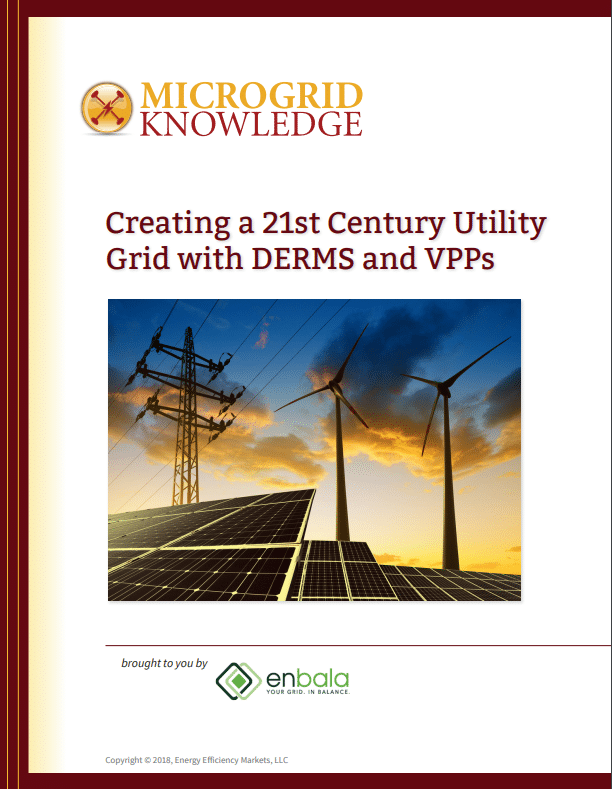
Our power grids are changing, and they are changing very dramatically and rapidly. A new solar installation goes live in the U.S. every 2.5 minutes. In fact, over a 14-day period in March 2017, California had so much solar power flowing to its grid that it paid Arizona to take excess power off its hands, fearing blackouts caused by overloaded power lines. There are now more than 1,000 utility scale wind projects representing 84,405 megawatts and over 52,000 wind turbines installed across the US, and there are some 3.4 gigawatts of energy storage in the current global pipeline.
Add to that the other renewables on the rise — biomass, geothermal, hydropower — and then tack on flexible process load, fuel cells, CHP, flywheels, electric vehicles, microgrids, demand response and still other DERs that are continually being added to our evolving power grids, and you begin to get a sense of how they are changing the fundamental physical and economic landscape of the utility industry. The potential reliability, environmental, efficiency and economic benefits offered by successful integration of DERs into the energy mix have been well-documented. And as factors like lower costs, greater incentives and new corporate initiatives continue to drive growth of DERs, the opportunities continue to expand with each passing day.